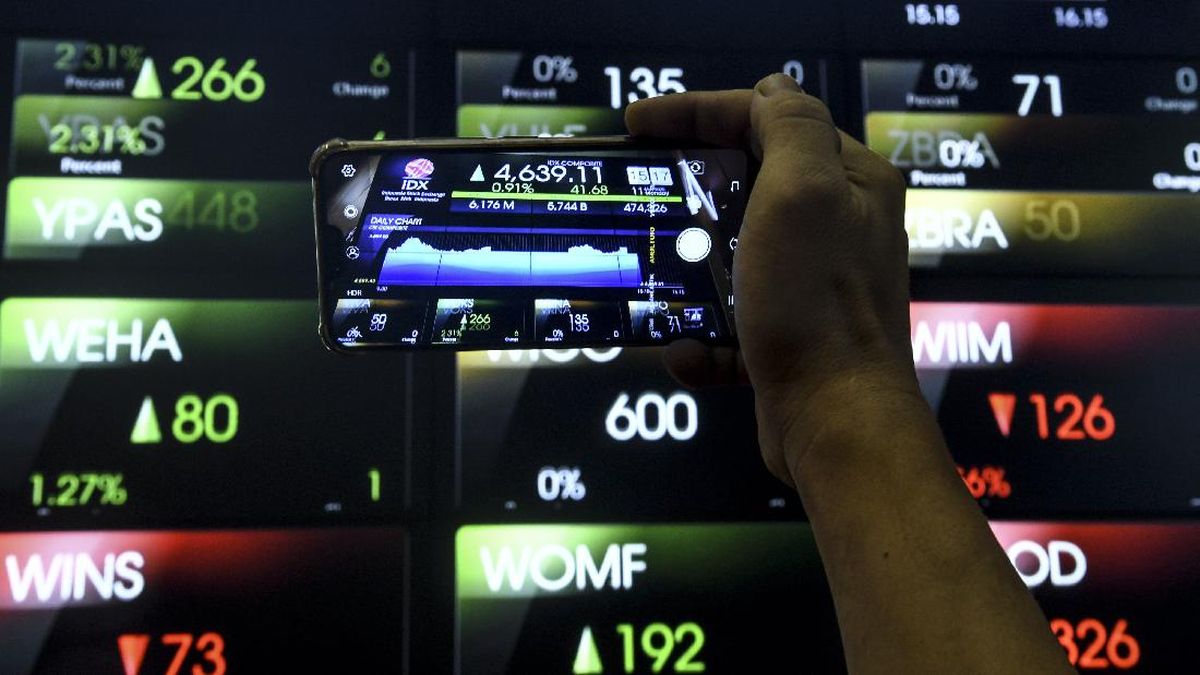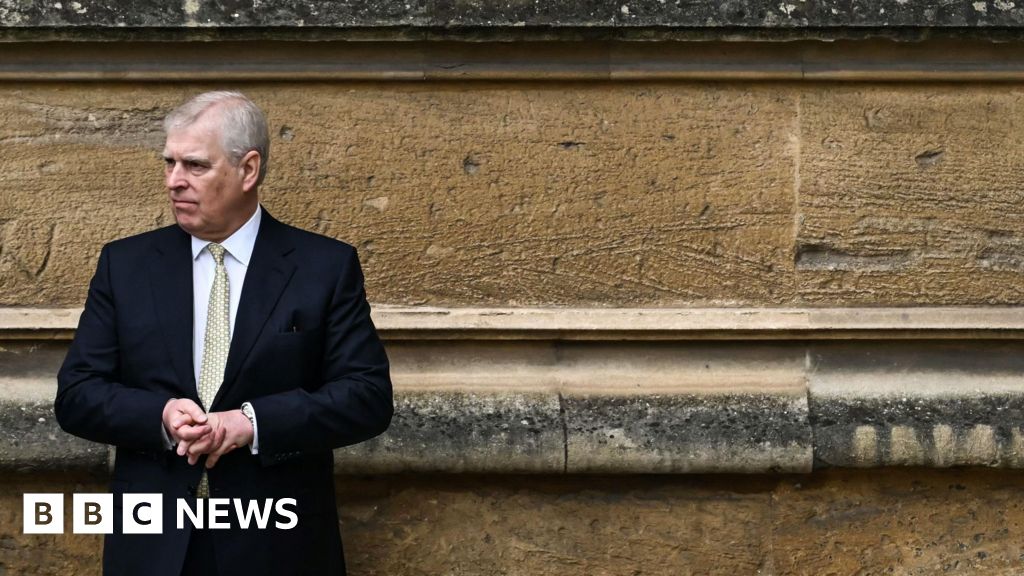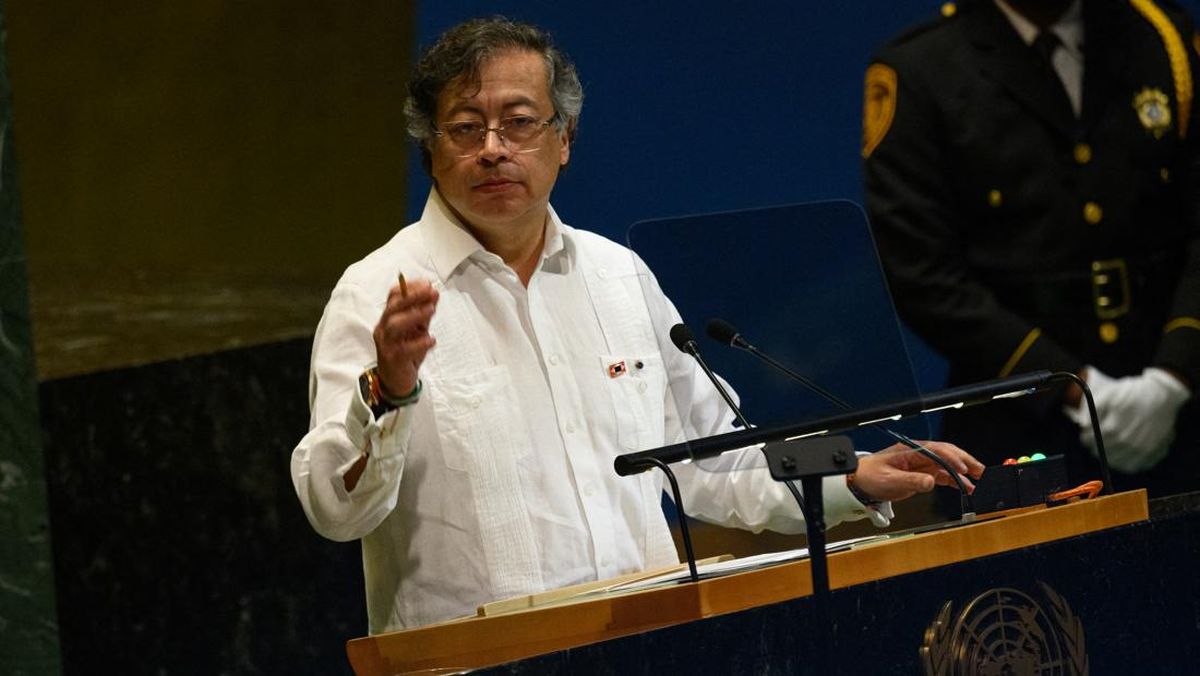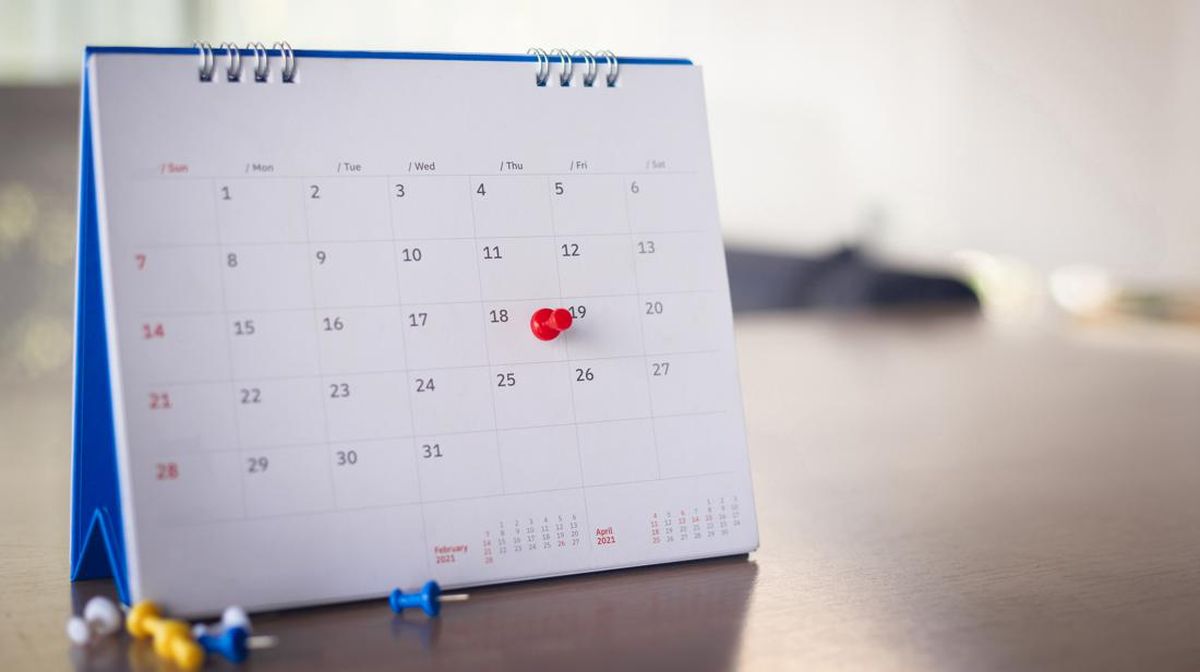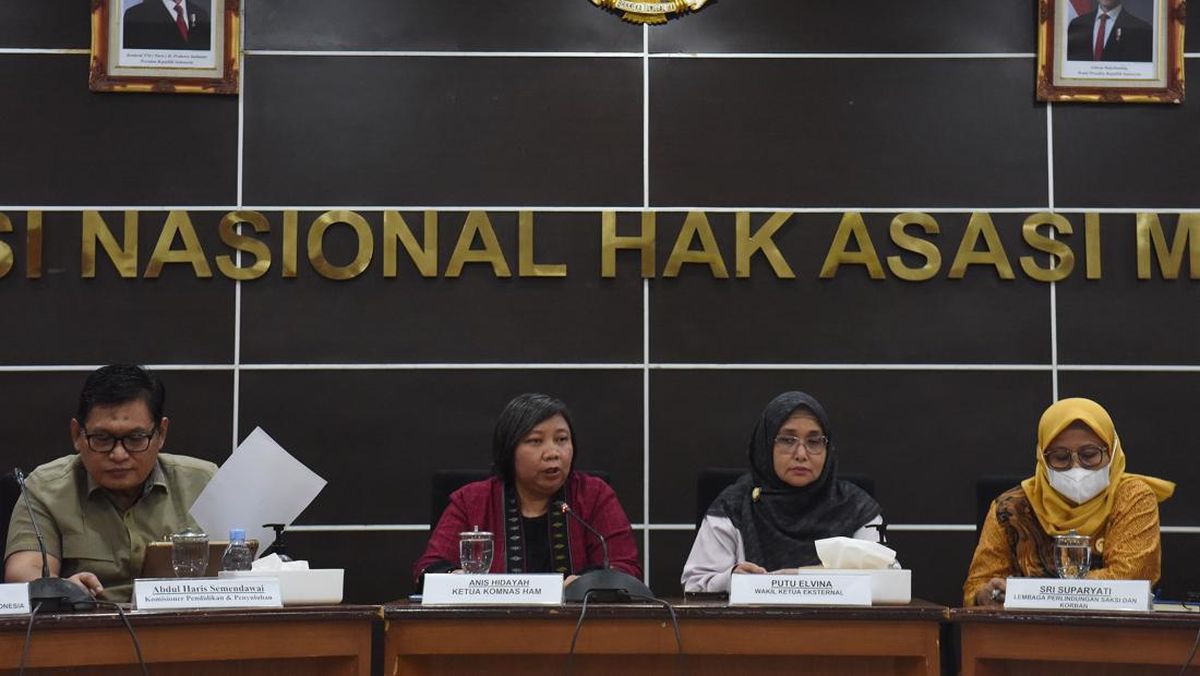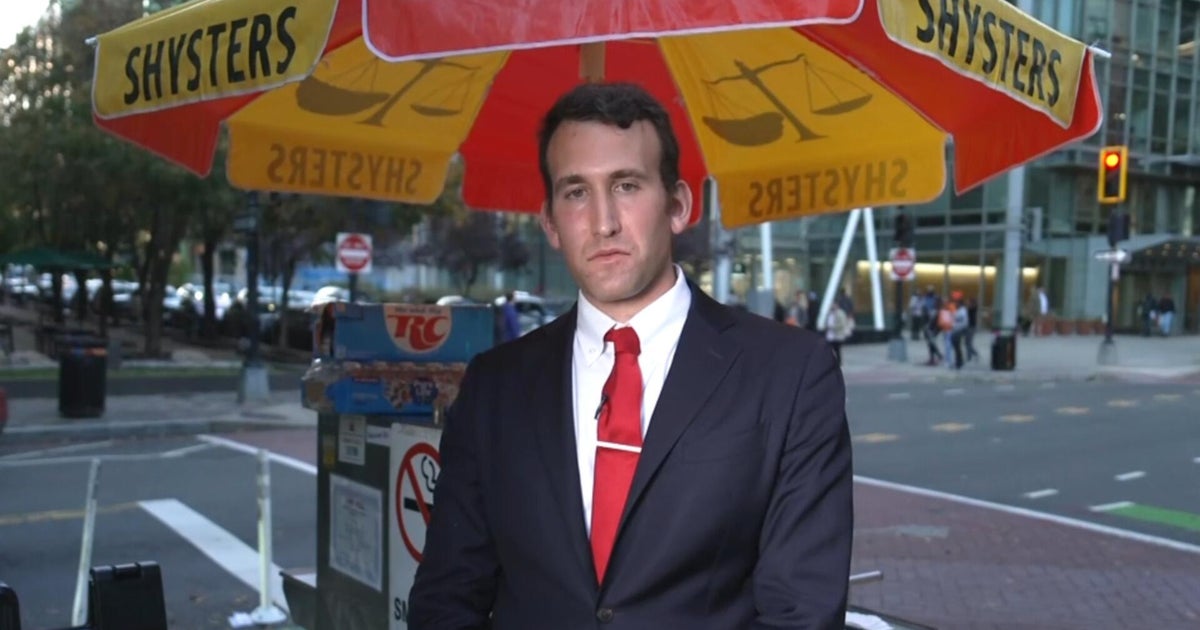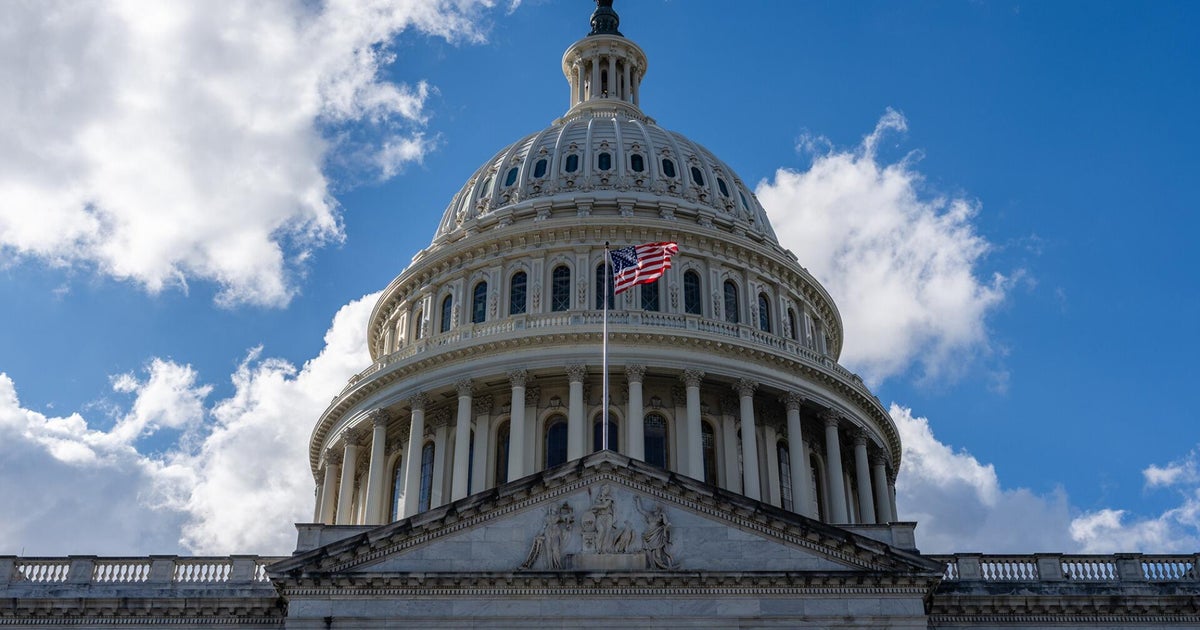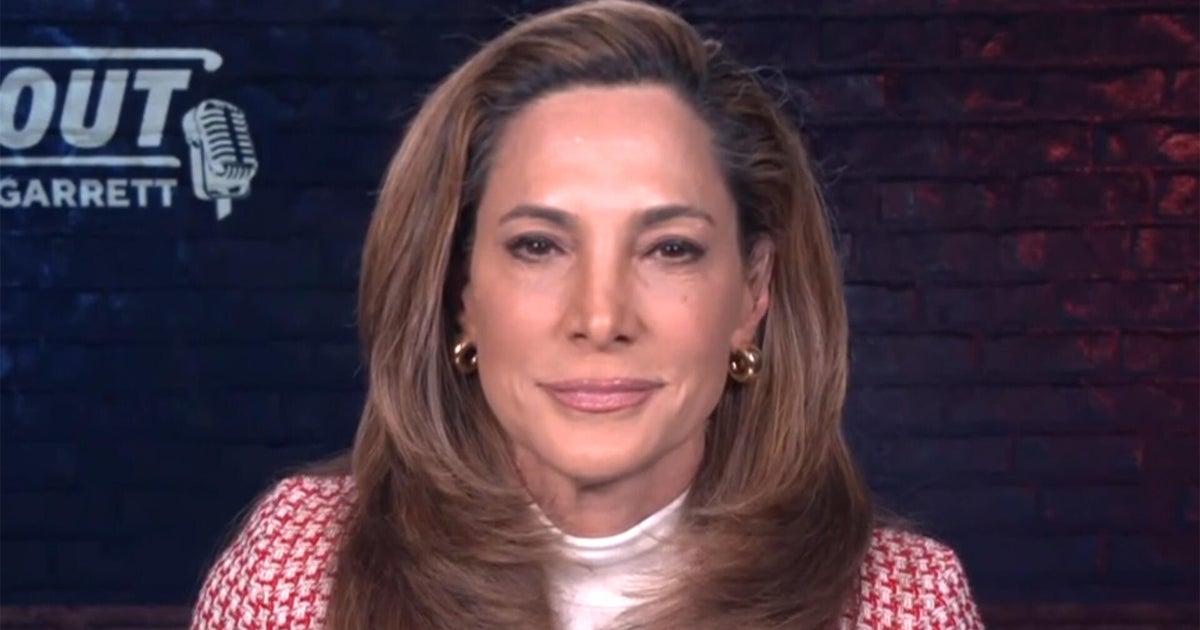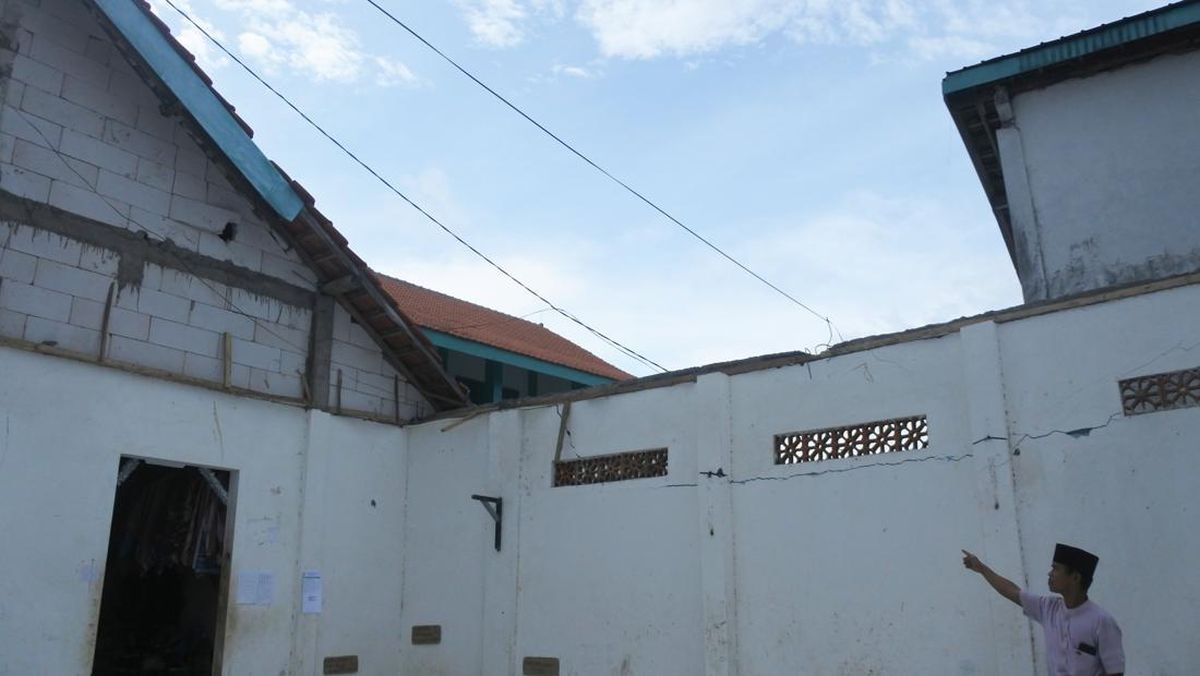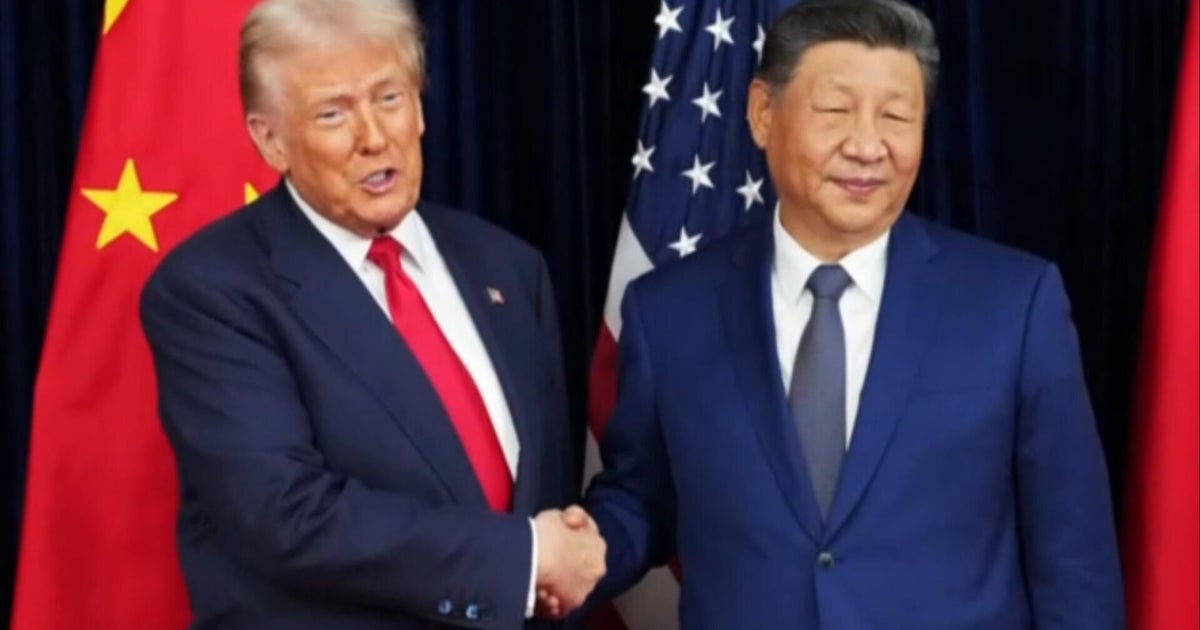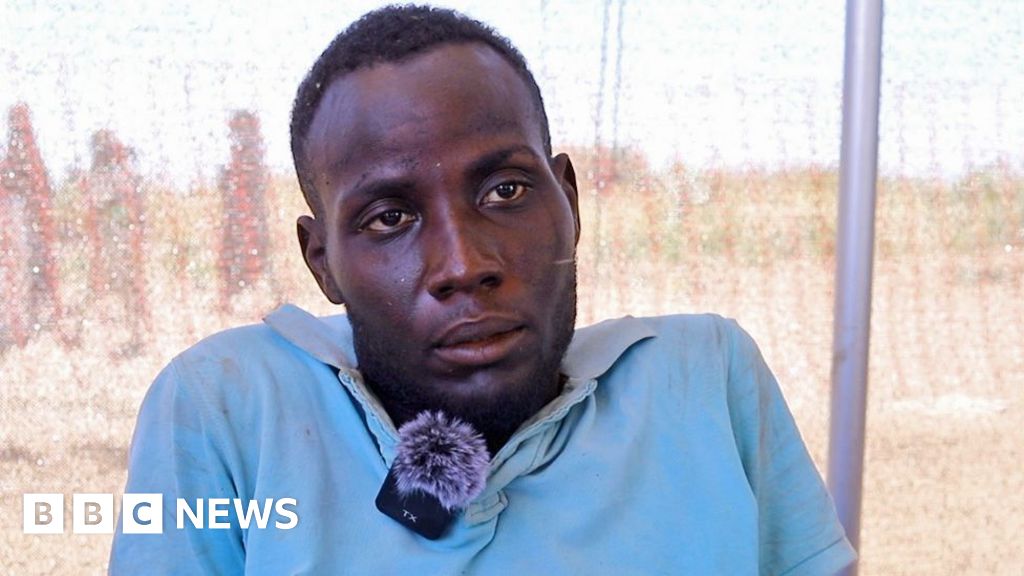By Alex Burchmore
October 31, 2025 — 5.30am
The first year of the pandemic is probably one that most of us would rather not remember, maybe one that even feels like a bad dream. Sitting in the resonant darkness of A Conversation with the Sun (Afterimage) at the Museum of Contemporary Art Australia (until February 15), however, I found myself thinking back to some of the most powerful artistic responses to that unprecedented moment.
Faced with the closure of museums and galleries, many artists had embraced the surprisingly intimate forms of connection made possible by digital platforms. Our shared reliance on such platforms – by far the most enduring after-effect of that era – in turn sparked an awareness of their vulnerability to artifice and manipulation.

Installation view of A Conversation with the Sun (Afterimage).Credit: Zan Wimberley
It was, above all, the deep sincerity of A Conversation with the Sun that stirred this memory of stranger times. The beguiling video installation, created for the MCA by Bangkok-based film director, screenwriter and producer Apichatpong Weerasethakul in collaboration with artists Rueangrith Suntisuk and Pornpan Arayaveerasid, weaves together an eclectic selection of brief clips from video diaries taken by each contributor. Casual conversations between friends, food prepared and shared, a leisurely drive along a tree-lined road, a dip in the river, saturated with the timeless whirr of a forgotten family movie. Or the breezy serendipity of an Instagram feed, offering a brief and seemingly candid glimpse into otherwise inaccessible private worlds.
Like an algorithmically generated doomscroll, mimicking the associative logic of memory and dreams, these clips tumble together in random sequences to generate an almost infinite series of permutations. Consequently, the experience of the work varies for different viewers and across multiple viewings, though core images and themes surface to draw together narrative fragments that nonetheless never quite coalesce into a coherent plot. Roaring flames, the pull of the tide, footprints on sand dunes, leaves buffeted by the wind, a pen tracing cryptic words and concentric circles on a sheet of lined paper.
Like the random sequencing of source material, these recurring motifs seem designed to draw attention to the fluctuating passage of time. Just as no two experiences of A Conversation with the Sun are the same, the hours don’t always pass at a steady pace, and the hands of a clock aren’t the only way to count their passage. The kindling and quenching of a fire, the ebb and flow of the waves, the rising and falling of the breeze, the marking of paper with ink, and the pacing of a sandbank, each with a rhythm of its own, divide the otherwise continuous flow of time. We sat, entranced by these overlapping rhythms, for almost an hour – long enough to see several permutations of key motifs – but could’ve stayed much longer, temporarily lifted above the glaring sunlight and weekend buzz of Circular Quay.

Apichatpong Weerasethakul.Credit: Chayaporn Maneesutham
This separation from the expected passage of time was another aspect of the work that called to mind the unpredictable slowdowns and stoppages of 2020. These, too, seemed to follow a rhythm of their own, inspiring comparably novel methods to record their motion. Multimedia artist and filmmaker Camila Galaz, for instance, like Weerasethakul and his collaborators, took a diaristic and organic approach in her Unwelcome Visitant, in which rapid shifts between day and night are anchored by the captivating momentum of the artist’s monologue narration and the steady laps of an animated chickpea circling the frame.
Sound also plays a key role in A Conversation with the Sun. A resounding hum of ambient noise accompanied our stay in the gallery, variously modulated to suggest roaring flames, crashing ocean waves, windswept trees or the rushing pulse of a quickened circulation. This was offset by the occasional trickle and splash of moving water or a languidly strummed guitar, opening new cadences and obscure movements in the underlying drone. The overall effect was one of trance-like absorption, on the path perhaps to a greater appreciation of the universal rhythms that connect all living things.
Our guide on this inward journey was not the artist, but the sinuous folds of a length of plain-coloured fabric suspended across the width of the gallery. Rising and falling, inflating and collapsing, in unison with the flickering light of projected images and pulsing vibrations of sound, this dual curtain and screen seemed to breathe and writhe with an uncanny vitality. By turns obscuring and then revealing what lay behind and beneath its folds, its pleats and drapes caught the light and froze in sculptural silhouette, then dropped to the floor like the sprawling fringes of a gathered shroud. At one point, sound, sight and fabric came together in a roar of onrushing water, a tidal expanse and a towering suspension that seemed to bear down on us like the prow of a ghostly ship in the haze.
The mesmerising effect of such spontaneous crosscurrents was intentionally broken by the insistent and piercing whine of the mechanism animating the swathe of fabric and the steady click and whirr of the three projectors illuminating the flow of images. Weerasethakul makes sure we remain aware of the machine that gives life to these ghosts, pulling back from a complete surrender to their rapturous effects. Invited to move about the gallery and literally look behind the curtain, no longer passive spectators, we become willing accomplices in our captivation. Like a bedsheet on a clothesline, moving with the evening breeze, the fabric takes on a homely pathos echoing that of the intimate snapshots projected across its surface.
Loading
As in the Artist Voice series of conversations between artists and curators that was the MCA’s chief contribution to the shifting arts ecology of 2020, it is this sense of intimacy and empathy that stands out as the most entrancing aspect of A Conversation with the Sun. Both mystifying yet strangely familiar, Weerasethakul’s video installation offers a chance for respite and reverie during times that remain unprecedented and unsettling. He gives us an opportunity for escape on our own terms, a momentary step outside of time – an everyday sort of rapture.
A Conversation with the Sun (Afterimage) is at the Museum of Contemporary Art, Sydney, until February 15.
Dr Alex Burchmore is an art historian at the Australian National University, Canberra, specialising in the study of Chinese art.
Most Viewed in Culture
Loading

